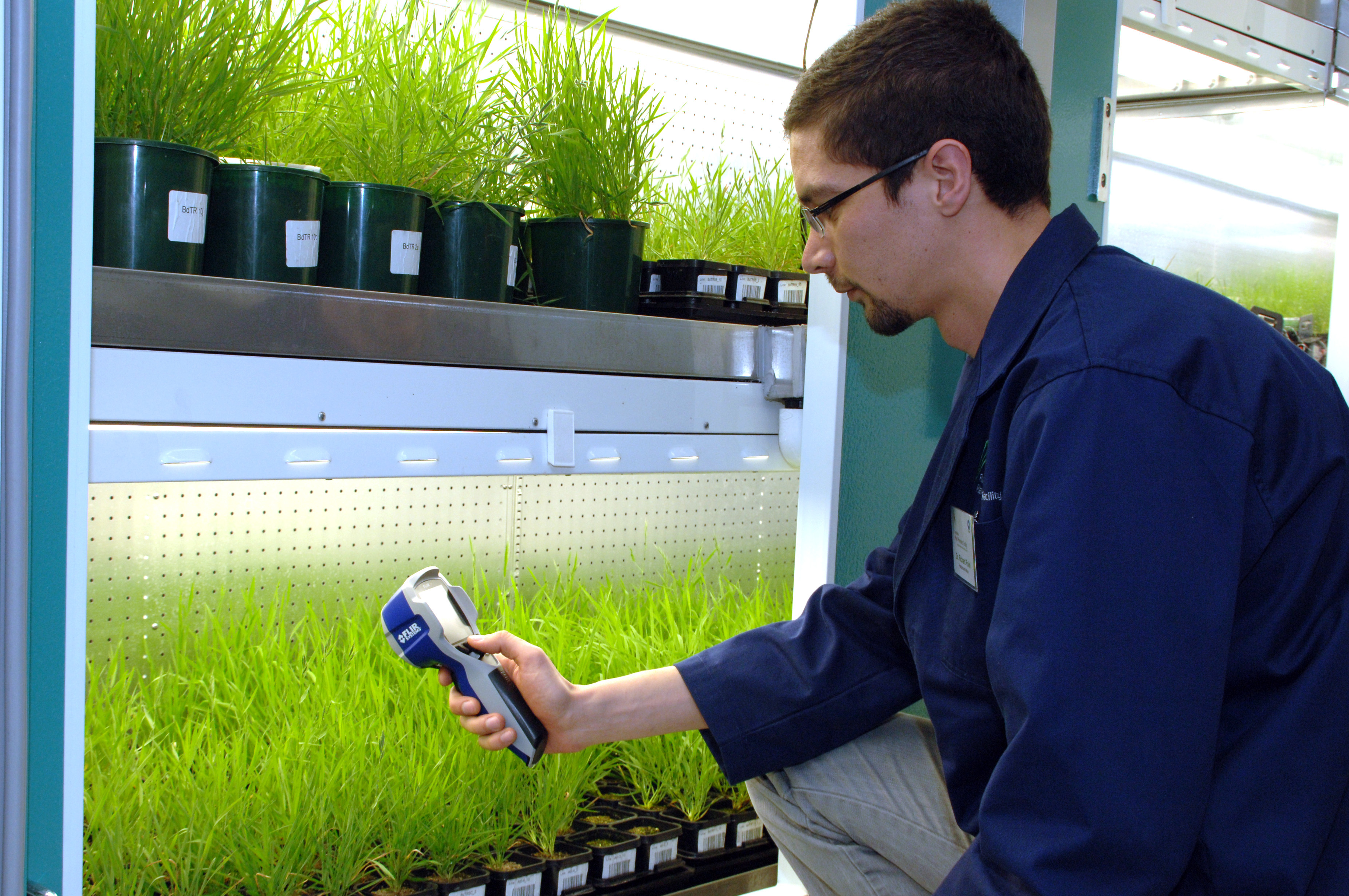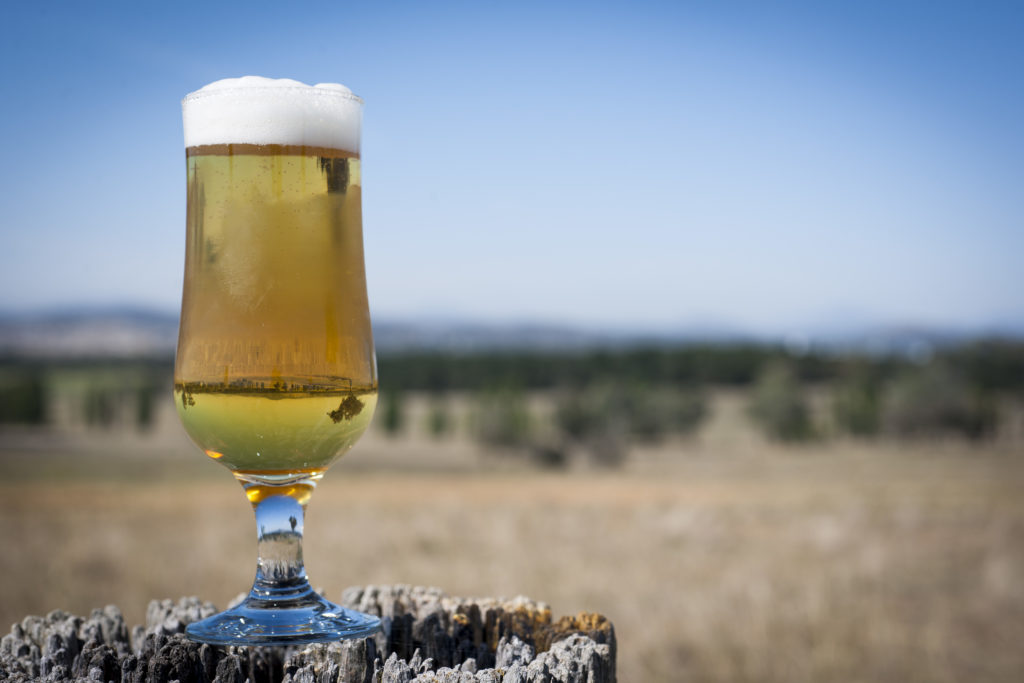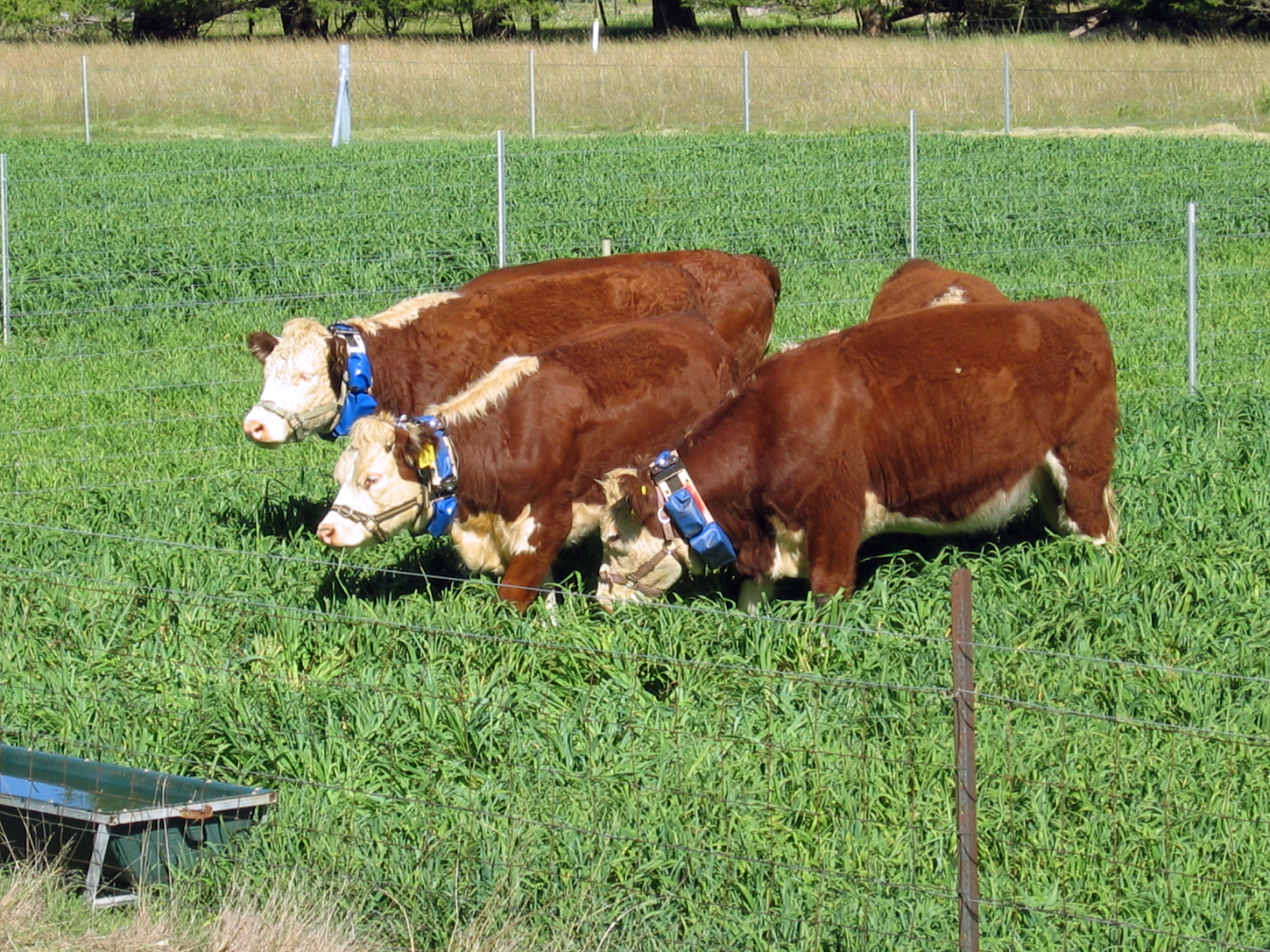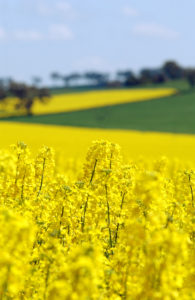If you can't make it to the upcoming AgCatalyst 2016, here are the top 5 next big things in food and agriculture.
High Resolution Plant Phenomics Centre staff demonstrating imaging equipment within growing cabinets. HRPPC facility, Canberra. Client: Xavier Sirault.
From autonomous machinery to wireless farming tech that constantly monitors soil moisture, plant growth and animal health, it’s hard to foresee what the future holds for farming. This is especially true when you consider it has only been 100 years since we started using tractors in place of animal power in Australia.
To glimpse some of what lies ahead, you’ll have to attend #AgCatalyst16, where we and other partners will showcase technologies that are sure to shape agribusiness and the food industry for the next five to ten years.
For those who can’t make it to AgCatalyst, here’s a taste (excuse the pun) of just some of the up and coming innovations and technologies that will be on show.
Healthy grains
Pionier beer, made with our ultra-low gluten barley.
As the demand for nutritious food rises, businesses are increasingly commercialising a range of ‘healthy grains’ and ‘superfoods’.
The consumers of 2050 are expected to demand foods which are nothing less than healthy and nutritious but also environmentally friendly and ethically produced.
We’re working on wholegrains capable of combatting cardiovascular disease, type 2 diabetes and colorectal cancer, and have already developed KebariTM, an ultra-low gluten barley.
Virtual fencing and the digital homestead
Cows with electronic collars within a virtual (and not-so virtual) fence.
The virtual farm is close to reality with a new smartphone app called eShepherd predicted to hit the markets in the coming year. It may well transform how livestock is managed.
We developed a technology, licensed to Agersens, that has the potential to improve pasture efficiency, protect environmentally sensitive areas, improve the wellbeing of livestock, and reduce costs across the bottom line.
A virtual fence can be mapped out through a farmer’s smartphone, and with a wireless base located on the farm itself, an audible alarm can be heard whenever livestock (equipped with electronic collars) near the boundary.
Food personalised to your DNA
Have you ever wondered why food that makes your own mouth water could have your friends turning up their noses?
Well part of the answer lies in your DNA, and the link between an individual’s genes and unique taste/smell receptors.
New research could help to determine how products can be reformulated, not only for our own pleasure, but to also provide health benefits.
And by understanding the structure and components of food, we may be able to achieve the same taste with less salt and sugar.
Canola that contains Omega-3
Canola fields.
We all know that Omega-3 is beneficial for us, but in the past our access to the oil has been limited to fish and other seafood.
That may no longer be the case as a new development could see canola crops altered to be a high-level source of Omega-3 fatty acids.
We’ve partnered with NuSeed and the Grain Research and Development Corporation to commercialise this new canola, which will help reduce pressure on our limited ocean resources.
Climate forecasting to help farmers make decisions
Smartphone technology is certainly having an impact on agricultural businesses and a new application soon to hit the markets will enable farmers to decide how to manage crops in advance.
The app, called Yield Prophet® Lite, allows farmers to model the yield range and maturation dates of a number of crops.
The technology works through analysing forecasted seasonal rainfall and comparing it to other factors such as water storage within the area, the amount of organic carbon in the soil, and how much nitrogen has been applied to crops.
The app then processes the information into an easy-to-read document which can be edited if more data are required.
As these innovations show, our agriculture and food sectors are undergoing immense transformation as they embrace the digital frontier.
Our Agriculture and Food team is working from the gene to the plate to bring the latest innovations to reality in order to improve productivity, profitability and sustainability right across the sectors. Click here for more information on the future of digital agriculture.






29th December 2019 at 3:51 pm
are u saying that you have genetically modified the canola to make it produce better fats ? If so that should be stated clearly Mary
Pingback: The Agronomy App getting its props! - Handmade Web
26th December 2016 at 4:46 am
I’ve got a question concerning animal safety, doesn’t that virtual fencing influence livestock? Cows can become stressed and nervous, don’t they? I don’t think that building fence is such a big problem that should be solved. As well as these guys say that milking must be automated https://qubit-labs.com/information-technology-agriculture/ First, machinery doesn’t feel an animal, it can injure it! And it leads to less supervision which is not an advantage but a disadvantage as people will lose their jobs.